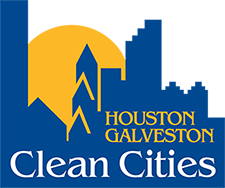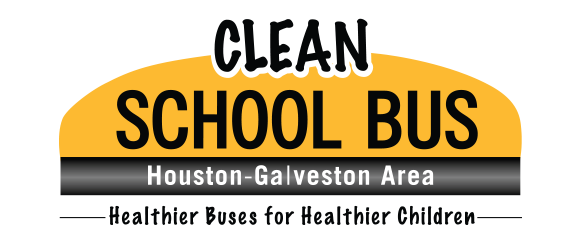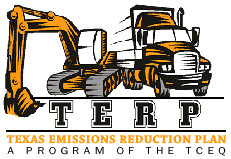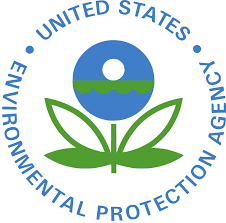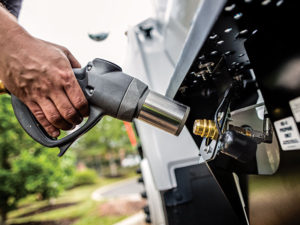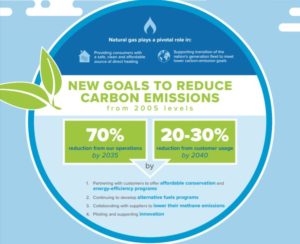Greetings Valued Educators,
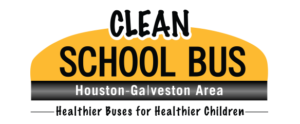 The Houston-Galveston Area Council ‘s Clean School Bus Program is currently accepting applications to replace older buses with new, cleaner buses. There is no deadline; however, funding is very limited. Therefore, please apply as soon as possible. A maximum 10 buses will be replaced per application. School districts that have never applied for funding from H-GAC will be preferred in the application review process.
The Houston-Galveston Area Council ‘s Clean School Bus Program is currently accepting applications to replace older buses with new, cleaner buses. There is no deadline; however, funding is very limited. Therefore, please apply as soon as possible. A maximum 10 buses will be replaced per application. School districts that have never applied for funding from H-GAC will be preferred in the application review process.The goal of the Clean School Bus Program region is to reduce children’s exposure to diesel exhaust and reduce the amount of air pollution created by diesel school buses. Clean School Bus Program aims to reduce pollution from buses through partners from business, education, transportation, and public health organizations. Our program noticed that many of our local school districts applied for grant funding through the Texas Commission of Environmental Quality’s Texas Volkswagen Environmental Mitigation Program. Based on the limited funding ($10.5M allocated to Houston vs $21.5M requested), there will be many projects that will not be funded. We hope to provide those school districts that do not get Volkswagen funds, a chance to replace their buses. It is vital that our students, educators, and all those in between are able to breathe clean air.
Clean School Bus Program is serving the following counties: Brazoria, Chambers, Fort Bend, Galveston, Harris, Liberty, Montgomery, and Waller. These counties are currently in non-attainment for air quality for the air pollutant ozone.
Eligibility Requirements:
• Own vehicle(s) currently operating 75% of mileage in the Houston-Galveston-Brazoria (HGB) ozone nonattainment area (Brazoria, Chambers, Fort Bend, Galveston, Harris, Liberty, Montgomery, and Waller counties)
• Agree to destroy old chassis and engine with an H-GAC-approved salvage vendor
• Purchase brand new vehicle(s) similar in size and weight to the vehicle being destroyed
• Commit to continuing operating the new vehicle(s) at the same mileage as the old vehicle(s)
• Have site visits to view any and all vehicles under for consideration in the program
• NOT perform grant work (purchase, or destroy vehicles) without a contract with H-GAC
• Commit to reporting quarterly on mileage, fuel use, and maintenance information for 5 years after reimbursement
To apply, please visit our website. You can submit all questions and applications to CleanVehicles@h-gac.com. You can also give us a call at 713-993-2488.
